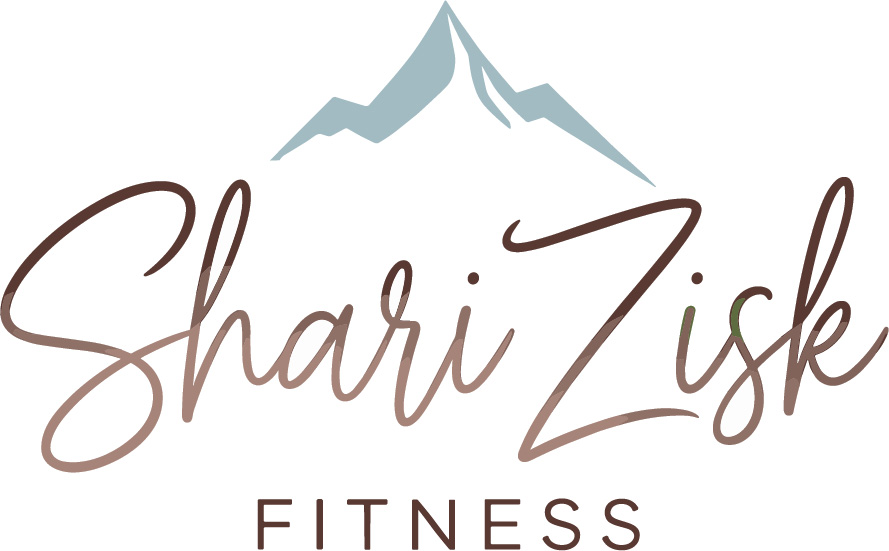 A thief? Is there a fire? Why is this guy racing down the street as though the ‘big one’ is coming? And why did he jump over that bench instead of going around it? He just happens to be highly skilled Traceur, engaged in a mindful and physical bout of Parkour. Par-what?
A thief? Is there a fire? Why is this guy racing down the street as though the ‘big one’ is coming? And why did he jump over that bench instead of going around it? He just happens to be highly skilled Traceur, engaged in a mindful and physical bout of Parkour. Par-what?
Don’t worry if you have never heard of this urban activity. Despite its century old origins, Parkour is still a relatively unknown activity just now picking up momentum in part due to the social media phenomenon. So what exactly is it?
Art of moving
The French term derives from ‘parcours du combattant’, roughly translated as ‘military obstacle course’, and now meaning L’art du deplacement or the art of moving. Parkours participants run along a route attempting to negotiate obstacles in the most efficient way possible.
Participants known as Traceurs (Traceuse if female) move through their environment on a path employing skillful manoevering over obstacles. Efficiency is the key which demands quick thinking and fluidity of movement making Parkour a physically demanding workout, a mental challenge, and an artistic endeavor. Urban landscapes are ideal because of their obstacles such as benches, rails, stairs and even buildings.
History
David Belle is credited as the modern founder of Parkour, influenced by French Soldier George Herbert who back back in 1902 was so impressed by the physical skill of indigenous African tribes that he was inspired to develop his own méthode naturellel style of training.
Their bodies were splendid, flexible, nimble, skillful, enduring, resistant and yet they had no other tutor in gymnastics but their lives in nature.
—Georges Hébert,
The movements
Herberts’ méthode naturellel consists of ten fundamental groups: walking, running, jumping, quadrupedal movement, climbing, balancing, throwing, lifting, self-defense, and swimming. Modern Traceurs have developed an extensive Parkour lexicon with French terms describing several defined moves. To roulade, lache or passe muraille is the question a Traceur may silently but quickly ask himself as he creatively attempts to manoever obstacles with fluidity and precision.
Check out American Parkour for a dictionary of Parkour terms and animations of the movements .
Safety first
Unfortunately modern Parkour will be getting a bad rap if it does not already have one as a result of the extreme participants that seem to be among the first to embrace this activity. I get the impression that original parkour is meant to be challenging yet graceful and strength building but the ‘new’ Traceurs seem to have taken lessons from Steve-O and the Jackass gang.
A quick review of Parkour videos on YouTube and you will see the future patients of orthopeadic surgeons. The poor knees just cannot handle the impact of repeatedly landing from such high surfaces and I can only imagine the head injuries resulting from the often celebrated wipeouts.
Most of the moves/stunts I saw are clearly not suitable for the someone new to fitness, untrained in gymnastics, not wearing a helmet, knee, elbow and wrist guards. Damage to public property is inevitable as participants jump onto painted surfaces, sculptures and planters. I expect Parkour organizations will have to do some image control to protect this promising activity.
Parkour for fitness?
Absolutely! if you are an experienced runner, why not add a couple of obstacles to your run through the park? Not only will you spice up your workout, you will develop elements of athleticism such as strength, balance, agility and quick thinking. Make sure to move at an intensity that keeps your heart rate elevated for at least 30 minutes. Beginners will benefit from a beginning running program to build up endurance.
Where to Parkour?
Don’t expect Parkour competitions to pop up in your city though. Parkour proponents are firm about it’s non-competitiveness. Staying true to George Herberts original vision, competitiveness conflicts with the artistic, laissez-faire flow of Parkour moves.
Meet Traceurs in your commmunity or learn more about Parkour:
PKTO (Southern Ontario Canada)
Must see! A super cool work of art on Parkour. Words cannot describe.
Talkback Questions
Do you have a Parkour related website to share?
Do you Parkour for fitness? What are your experiences?
Do you know of any links to Parkour videos that demonstrate Herberts original vision?
I started pumping iron and drinking green smoothies in my teens. Now a 40+ mama with 25 years of experience working in the fitness industry, I do things differently. What I discovered during my personal healing journey made me pivot in my approach as a personal fitness and wellness coach. Now I teach people how to sweat, nourish and glow from an entirely new perspective.

You must be watching old videos as people don’t take massive drops, you see the roll people use? That’s to absorb the impact of landing, so you don’t damage you knees. Another thing, parkour is a noun not a verb, stop using it as such